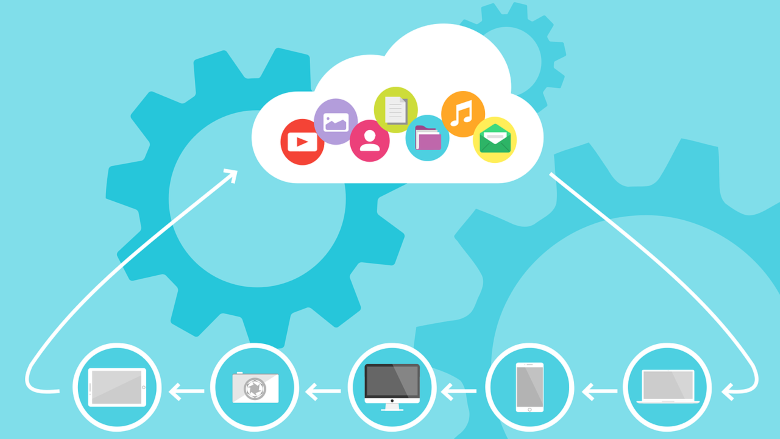Software systems are at the core of modern businesses, government operations, and personal activities. As reliance on these systems grows, so does the risk associated with their failure. One of the most critical risks is the single-point failure problem—a scenario where a single component or piece of data, if failed, can cause the entire system to collapse. This article delves into the concept of the single-point failure, its implications, and strategies to protect against it.

What is a Single-Point Failure?
A single-point failure refers to a situation where the failure of a single component, module, or point of a system results in the failure of the entire system. In software terms, this could be a critical server, a centralized database, or even a piece of code that handles essential operations. If such a component is not designed with fault tolerance or redundancy, its failure can lead to system-wide outages.
Implications of a Single-Point Failure
The implications of a single-point failure can be severe, ranging from minor inconveniences to catastrophic consequences. For businesses, downtime translates to lost revenue and damaged customer trust. For critical infrastructure like healthcare or transportation systems, the consequences can be life-threatening. Therefore, understanding and mitigating single-point failures are crucial for any organization that relies on software systems.
Strategies to Protect Against Single-Point Failures
- Redundancy
Redundancy involves duplicating critical components so that if one fails, another can take over seamlessly. This can mean running multiple instances of a server, using load balancers to distribute traffic, or replicating databases across different geographic locations.
- Distributed Architecture
Monolithic architectures, where a single application or service performs all tasks, are prone to single-point failures. Distributed architectures break down applications into microservices, each handling a specific subset of tasks. This modular approach ensures that the failure of one service does not necessarily bring down the entire system.
- Load Balancing
Load balancers distribute workloads across multiple servers to prevent any single server from becoming a bottleneck or single point of failure. They also enable seamless scaling and can route traffic away from failing servers.

- Failover Mechanisms
Failover mechanisms automatically switch to a backup component if the primary one fails. This could be as simple as a standby server taking over when the primary server goes down or as complex as a system that dynamically redistributes tasks in a distributed environment.
- Regular Backups and Recovery Plans
Regular backups ensure that critical data can be restored in case of a failure. Recovery plans outline steps to restore services after a failure, minimizing downtime and loss of data.
- Monitoring and Alerting
Proactive monitoring of system health can detect potential failures before they occur. Sophisticated monitoring tools can provide real-time insights into system performance and trigger alerts when thresholds are breached, allowing teams to act preemptively.
- Testing and Drills
Regular testing, including stress testing and disaster recovery drills, can help identify weaknesses in the system. These exercises simulate failure scenarios, allowing teams to refine their recovery processes and ensure that backup systems work as expected.
- Design for Self-Healing Systems
Self-healing systems are designed to detect and correct faults automatically. This includes features like auto-restart of failed services, dynamic reconfiguration of resources, and automatic scaling to handle increased loads.
The single-point failure problem is a critical issue that must be addressed in software systems to ensure reliability and continuity of services. By implementing strategies like redundancy, distributed architectures, failover mechanisms, and regular backups, organizations can significantly reduce the risk of complete system failure. Proactive monitoring, regular testing, and designing self-healing systems further enhance resilience. While eliminating all single points of failure may not be possible or economically feasible, adopting a multi-layered approach can go a long way in protecting critical systems and ensuring business continuity.








